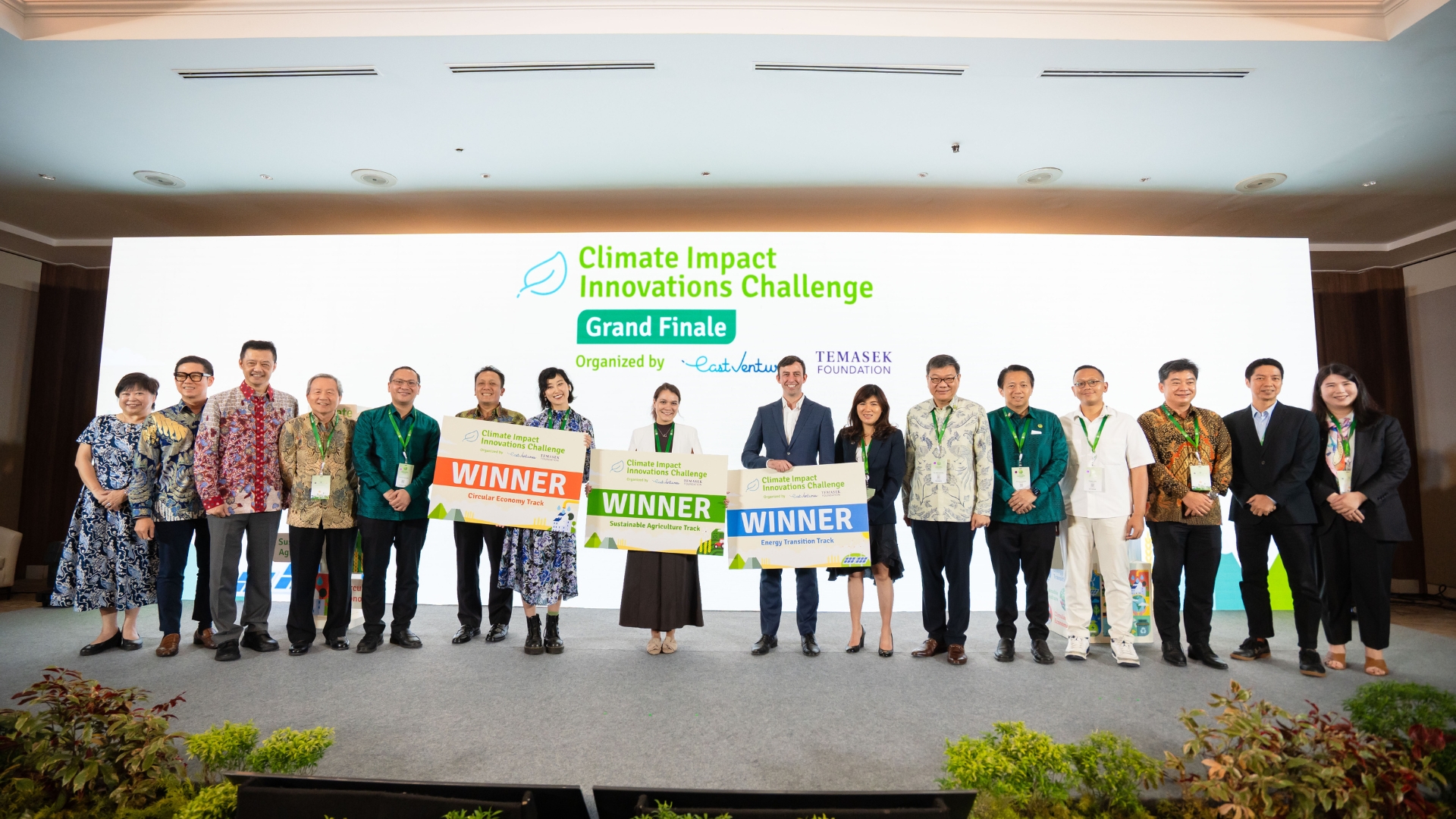JAKARTA, 26th May 2020 — Bonza, a big data analytics company, announced seed funding from East Ventures
Bonza’s co-founders, Elsa Chandra and Philip Thomas, met in Traveloka. Elsa was leading investments for the company, while Philip was leading one of the data teams and developing big data models to improve Traveloka’s products.
At Traveloka, Elsa and Philip witnessed how big data models accelerated the speed and quality of insights to make better commercial decisions in the company. During their time in Traveloka, they saw an opportunity to help other companies to tackle their data challenges and use data more effectively for decision making, and decided to start Bonza.
Elsa Chandra, Co-founder of Bonza said,” We believe that there is a gap between leading machine learning and AI research, and its implementation in the real world. We see Bonza as the bridge to close that gap. Our mission is to support organizations to make sense of all their data from various sources, be it structured or unstructured, integrate these into a single source of truth and use the data to build and deploy AI and machine learning solutions for better decisions at scale.”
Bonza will use the funding from East Ventures to further develop Bonza’s technology and product, and expand its business operations.
Simplifying Data
Bonza is building a product that can be used by everyone in the company—from simplifying the data preparation for data analysts, to analysing data for decisive actions by C-suite or frontline workers.
Taking a step further than other data analytics companies, Bonza also helps their customers to improve data quality and integrate disparate data sources into a single source of truth across the organization. Therefore, Bonza helps to break data silos and ensure that different departments and management get a complete 360 view of their company’s data.
Willson Cuaca, East Ventures Co-Founder and Managing Partner added, “Making and calculating impact of decisions based on unstructured and random data from different sources of information, is taxing. This is a challenge faced by every industry. With this investment, Bonza is able to build a platform that facilitates decision making and monitors the results of those decisions, by presenting insight generated from unstructured data.”
“Bonza has also moved quickly, using its expertise to support the government’s efforts to curb the spread of COVID-19 by adopting an algorithm to estimate Rt in every province throughout Indonesia and other countries in the region. For example in Bali, the data show the effectiveness of the community watch derived from the local wisdom of Banjar. The government is reportedly planning to reopen several economic sectors this June. Indonesia needs metrics that can be used to monitor the impact of the reopening to the rate of infections. The dashboard built by Bonza is a valuable addition and alternative to the available information,” said Willson.
COVID-19 Infection Rate
In the midst of the COVID-19 pandemic, Bonza is supporting the government by introducing and figuring a way to adopt the Effective Reproduction Number (Rt) model to measure the rate of spread of SARS-CoV-2 in every Indonesia province.
The Effective Reproduction Number (Rt) model shows the varying spread rate of COVID-19 across Indonesia. Therefore, policy makers can use Rt as a metric to derive a plan and measure the effectiveness of COVID-19 pandemic control measures such as large-scale social restrictions (PSBB) that are already in place.
Read more: Nusantics completed a COVID-19 qPCR test kit design prototype
Rt is an epidemiological parameter used to measure the rate of growth of virus transmission. For example, Rt > 1 indicates, on average, every infectious person (carrier) transmits the virus to more than one person (high transmission rate). Likewise, Rt = 2 means that on average each carrier transmits the virus to two patients, which then transmits the virus to four other people and so on. In conclusion, Rt > 1 is an indication more Covid-19 cases will appear in the area.
Rt < 1 indicates on average every carrier transmits the virus to less than one person, suggesting that the number of people infected in the area will decrease over time until the transmission stops. For example, The H1N1 virus that broke out in 2009 had Rt 1.5, while the Spanish Flu in 1912 had Rt 2.2. Meanwhile, the grey area (see chart) indicates 90% probabilities that Rt is in this range. As the ratio of testing increases, the grey area will get smaller indicating higher levels of confidence.
While it is important to track the number of cases and deaths, these figures overlook the actual spread of Covid-19 as the number of cases are affected by the daily fluctuations due to changes in testing capacity, different social distancing policy between cities, and varying degree of people’s testing behaviour.
Rt data for each province in Indonesia are available and updated daily at https://www.thebonza.com/dashboard








